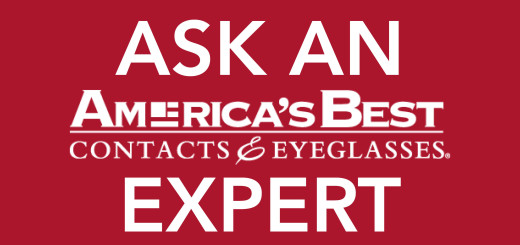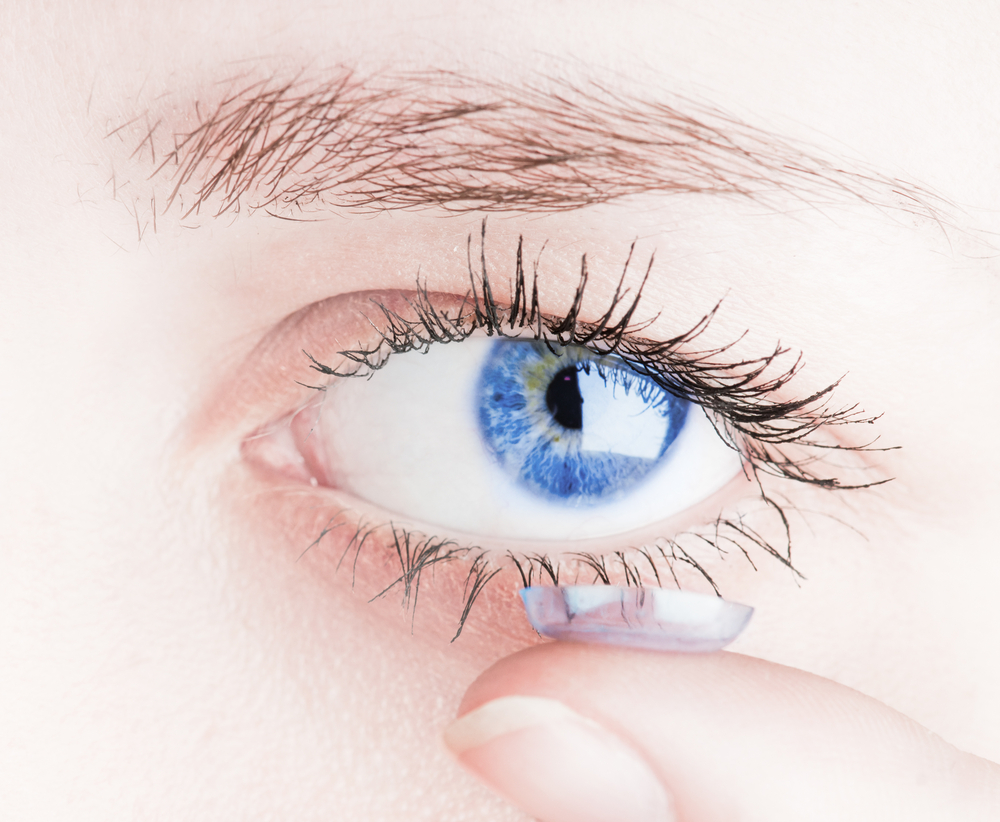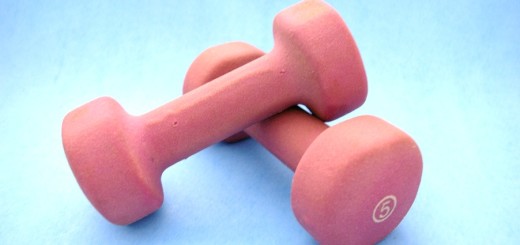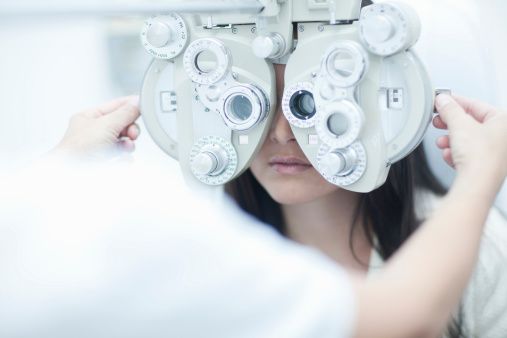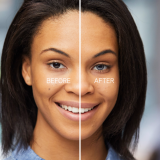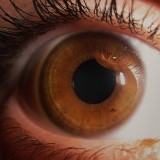Why It’s Easier to Read in Print Rather Than On a Screen
My husband is a traditionalist. He prefers physical books. He likes to read in print, mark pages up, write notes in the margins, and carry books with him in his bag. Me, on the other hand – I love my e-reader. I appreciate the convenience of taking ten books on vacation with me and not using one ounce of extra luggage weight. I like reading on my tablet. Even more so, I like the ability to have a new book downloaded to my e-reader in seconds, if I so desire.
Although when it comes to your eye health, there’s an important question at play. Look at a screen or read in print? Which is the best way to read if you care about your eye health?
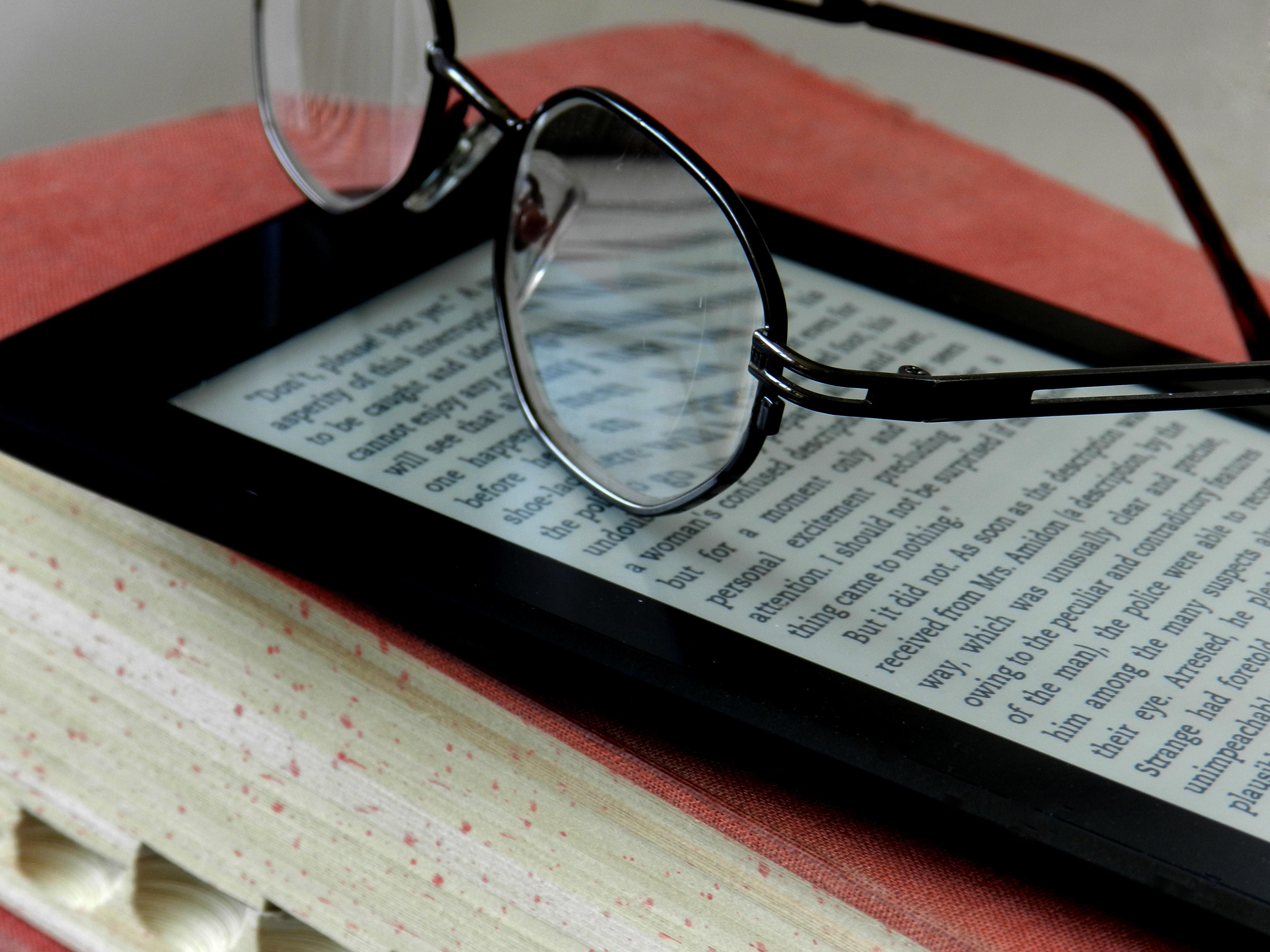 The answer is: print, at least most of the time. Here’s why:
The answer is: print, at least most of the time. Here’s why:
Better Reading Comprehension
In a study of 10th grade students conducted by the University of Stavanger in Norway, a researcher asked 10th grade students to study an text and then take some comprehension tests. Students who read the text on paper did better than those who read PDF files on 15-inch LCD screens.
Another source cites more than 100 comparative studies which all conclude that reading on paper is less taxing and physically tiring than reading on a computer screen.
More Relaxing
A 2015 U.S. survey found that 81% of people surveyed found that print media is more relaxing to read. In this study, respondents also felt that they were better able to understand and retain information they read in print than on an electronic device.
More Complicated? More Paper
In this same U.S. study, 80% of those who responded had a clear preference for reading complicated materials on paper versus a computer screen. Part of this may have to do with the ability to “touch” the words and interact with them in a more kinesthetic way than a screen allows.
Kinder to Your Eyes
In most cases, reading on paper is kinder to your eyes than reading on a screen. Digital eye strain from staring at a computer screen is real and can cause headaches, dry eyes, red eyes and other symptoms. Looking away from a book for an occasional break is also a much easier practice than looking away from a digital device. Many of us are accustomed to (and paid to) stare at the screen for hours, non-stop.
There’s one exception to this rule though. Larger print formats are the easiest on the eyes, and digital devices provide the opportunity to up font size to help accommodate visual impairment. If you have a choice between a 10 point font book and a 24 point font book on an iPad screen, you may be better off with the latter.
Talk to your America’s Best optometrist about the best ways to keep your eyes comfortable and relaxed while reading!

